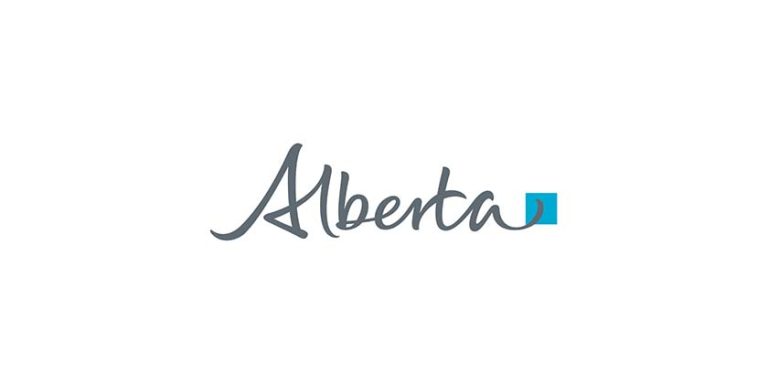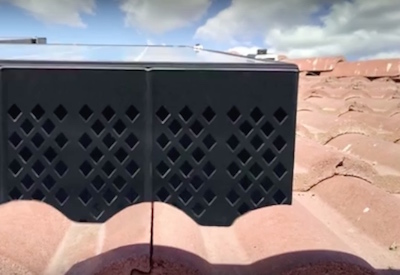Aurora Provides Update on Market and Strategic Product Initiatives: Alignment with Industry 4.0
![PB-5-Aurora-Solar-400[1].jpg](https://electricalindustry.ca/wp-content/uploads/2018/02/PB-5-Aurora-Solar-4001.jpg)
February 15, 2018
Aurora has aligned its Veritas(TM) visualization, operations and administration system with the emerging Industry 4.0 initiatives in the PV industry. “Industry 4.0” refers to “smart factories” that will ultimately incorporate sensors at every stage of the manufacturing process, cloud computing and cognitive computing for fine-grained process and quality control. According to Dr. Gisela Lanza, Director of the Global Advanced Manufacturing Institute in Suzhou, China, “In China, particularly, there is enormous receptiveness for Industry 4.0.
The predominant attitude there is, if I’m investing, then I’m going to spend my money on the very latest technology.” This is exemplified by Tongwei Group’s recent launch of their 2 Gigawatt “S2” production facility, which they claim to include the world’s first Industry 4.0 solar cell production line. In Veritas, Aurora provides facility-wide connectivity to multiple sensors, intelligent display and analysis of process performance and open communication with factory control and resource management systems. The company is also conducting work with leading PV manufacturers to further develop high-value features in Veritas that support Industry 4.0.
Increased capital spending focused on high efficiency solar cell upgrades.
Overall, the Company is observing and benefiting from an unprecedented increase in capital spending focused on the adoption of advanced solar cell structures including Monocrystalline PERC, Bifacial and HJT PV cells.
Finlay Colville, Head of Solar Intelligence for Solar Media, says “The focus on new technology, both due to upgrades and when incorporated in new fab builds, since 2015 looks very different to the technologies that drove PV equipment spending above $10 billion during 2010 and 2011. At the c-Si stage, the most obvious change has come from PERC, and by 2019, most of the capacity for both p-type mono and multi will have shifted to include rear passivation deposition (PERC), with many of the companies having a clear roadmap to bifaciality. Moving into 2020, this will become mainstream for the industry. Indeed, anyone making c-Si cells with efficiencies below 20% is likely to be left with low-cost selling options then.”
“Monocrystalline PERC and Bifacial cell applications drove our business last year and with the addition of Heterojunction optimization solutions to our portfolio, we are well positioned as the solution provider for advanced cell measurement and efficiency optimization,” said Michael Heaven, Aurora’s CEO. “The company is discussing new orders for plant expansions with existing customers and conducting testing activities under NDA’s with several new prospective clients and expects additions to the order pipeline disclosed in the November 20, 2017 release in the next several weeks and months.”
For more information, Aurora’s website is located at www.aurorasolartech.com.
















